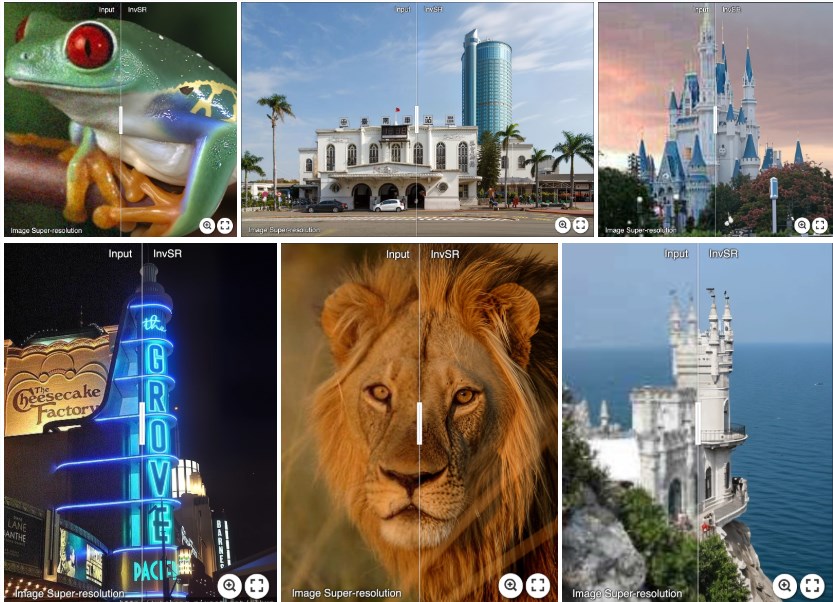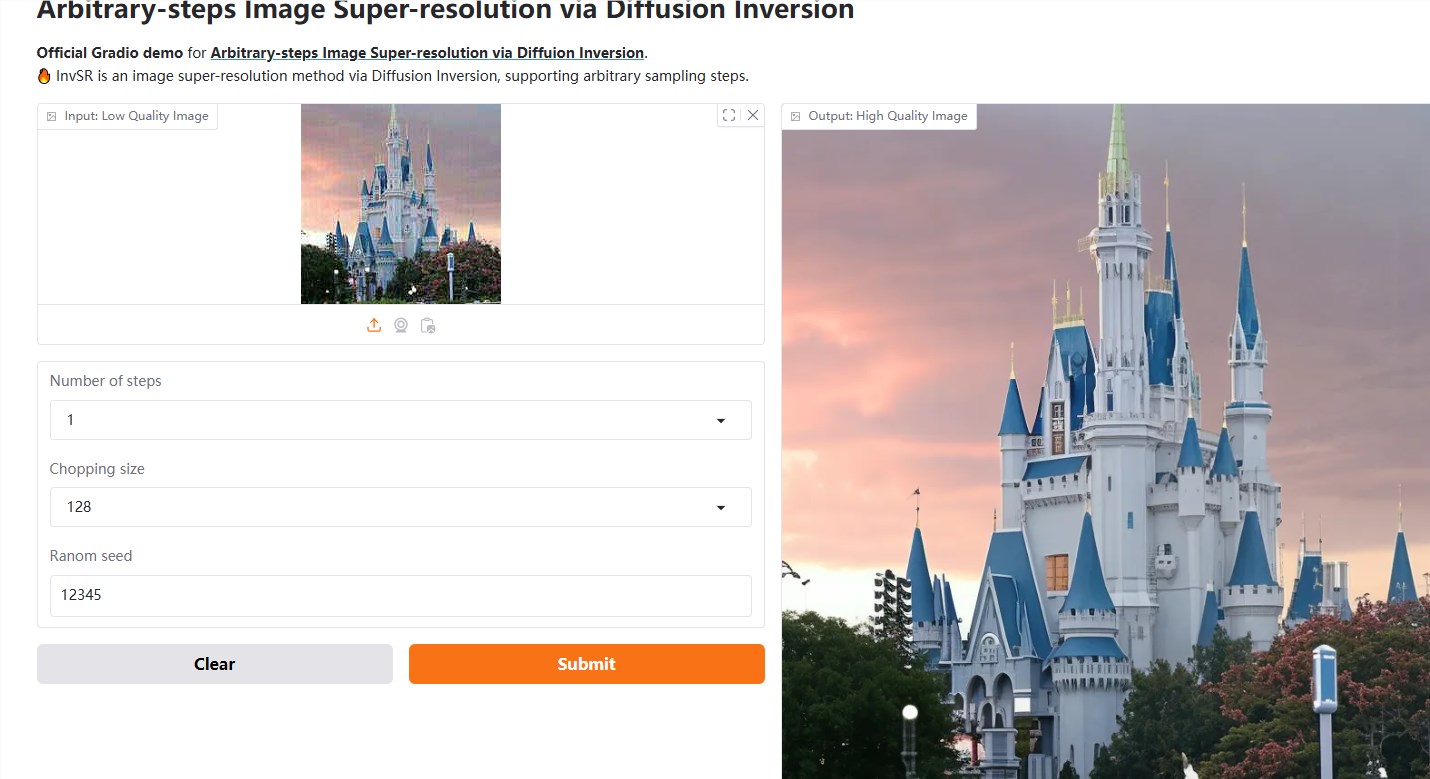Recently, a research team announced a breakthrough image super-resolution (SR) technology, which is based on the diffusion inversion model and uses image prior information in a large pre-trained model to significantly improve image resolution and clarity. . This research result was jointly completed by three scholars from different academic institutions. They are committed to promoting the development of image super-resolution technology and bringing new possibilities to the field. This technology not only makes breakthroughs in performance, but also optimizes ease of use, providing detailed usage guides and an online demonstration platform to facilitate users to quickly get started and experience it.
Recently, the research team released a new image super-resolution (SR) technology, which is based on diffusion inversion and aims to improve the image quality by making full use of the image prior information in the large-scale pre-trained diffusion model. Resolution and clarity. This research was jointly completed by three scholars from different academic institutions. Their goal is to bring new breakthroughs to the field of image super-resolution.

In this technology, the researchers designed a strategy called "Partial noise Prediction", which constructs the intermediate state of the diffusion model as the starting sampling point. This core method relies on a deep noise predictor that provides an optimal noise map for the forward diffusion process. After training, this noise predictor is able to partially initialize the sampling process to generate high-resolution images along the diffusion trajectory.
Compared with existing super-resolution methods, this technology has a more flexible and efficient sampling mechanism that can support any number of sampling steps from one to five. Remarkably, this new method performs better than or on par with current state-of-the-art techniques even when using only one sampling step.

The research team also provides detailed usage instructions and training guidance, including the required software and hardware environment, download links for the model, and how to run the program under limited GPU memory conditions. This information will help researchers and developers better use this technology for image super-resolution related work.
In addition, the research team also set up an online demonstration platform to facilitate users to intuitively experience this innovative technology, and provided links to synthetic data sets and real data sets used to verify the research results. Researchers hope that this technology can provide a more efficient and clearer solution for practical applications of image super-resolution.

Project entrance: https://github.com/zsyOAOA/InvSR?tab=readme-ov-file
demo:https://huggingface.co/spaces/OAOA/InvSR
Highlights:
This new technology is based on diffusion inversion and can effectively improve image resolution.
Adopts the "partial noise prediction" strategy to flexibly support different sampling steps.
Detailed user guides and online demonstrations are provided to facilitate user operation and experience.
All in all, this image super-resolution technology based on diffusion inversion, with its efficient and flexible sampling mechanism and convenient and easy-to-use online platform, has brought significant progress to the field of image super-resolution. It is worth looking forward to its practical application. widely implemented.